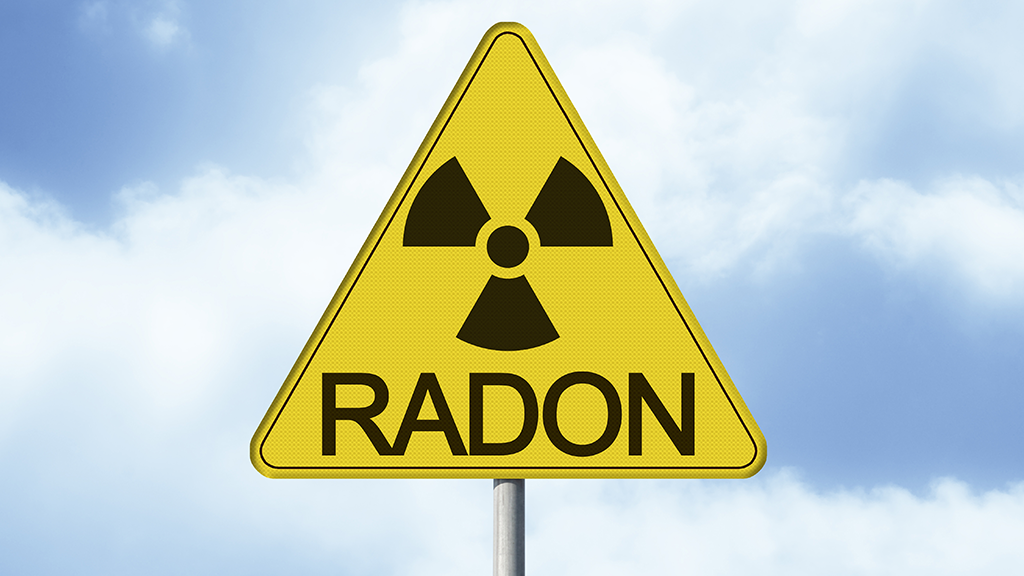Nearly 40% of Pennsylvania Homes Tested Have Radon

January marks Radon Action Month.
While radon may seem harmless, it is not. Naturally occurring, radon is odorless, tasteless and colorless, but the gas is harmful, responsible for more than 20,000 lung cancer deaths each year in the U.S., according to the American Cancer Society.
And 39% of radon tests in Pennsylvania had rates above the EPA-recommended level of 4 pCi/L (picoCuries per liter of air), according to the American Lung Association.
It is easy to test a home for radon. Affordable at-home tests are found at nearly every home improvement and hardware store. To hire a professional, the Pennsylvania Department of Environmental Protection offers a list of state-certified testing companies. For radon levels equal to or higher than 4.0 picocuries (4 pCi/L), corrective action is recommended. Mitigators, certified by the Pennsylvania Department of Environmental Protection, can help homeowners control high levels. DEP offers this list, which is updated monthly, containing the names of individuals and businesses who are certified to test for radon and install mitigation systems if needed.
Radon is most commonly found in basements, but can also be found elsewhere in the home. However, a home without a basement is not automatically disqualified from having radon, it can travel elsewhere in the home. Radon tests should always be at the lowest lived-in level of the home.
As a Realtor®, encourage your clients to order a radon test on a property before purchasing. Additionally, remind your clients to test every one to two years if radon was found previously. If no radon has been found on the property, testing once every five years is sufficient, according to DEP.
Topics
Share this post
Member Discussion
Recent Articles
-
Estimated Closing Costs: How Mandatory Are They, Really?
- November 22, 2024
- 5 min. read
When do you have to give estimated costs? Can you use estimated costs developed by others? Let’s hit a couple of common Legal Hotline questions about the details of estimated closing costs.
-
Tri-County Realtor® Leads Efforts to Fight Hunger
- November 21, 2024
- 2 min. read
Heather Griesser-LaPierre, a member of Tri-County Suburban Realtors®, led an initiative last month to pack 238,000 meals for hurricane victims alongside fellow Realtors® and other volunteers.
-
9 Tips to Save Money When Moving
- November 20, 2024
- 3 min. read
For new homeowners, moving costs can add up quickly. Here are nine tips to keep moving costs down, from Point2.
Daily Emails
You’ll be the first to know about real estate trends and various legal happenings. Stay up-to-date by subscribing to JustListed.



